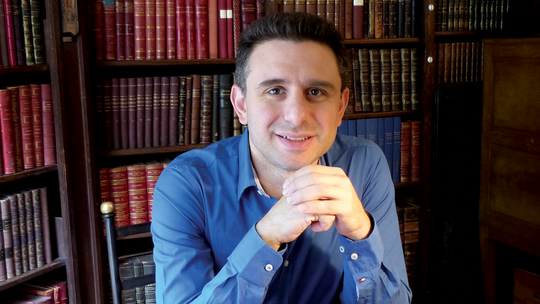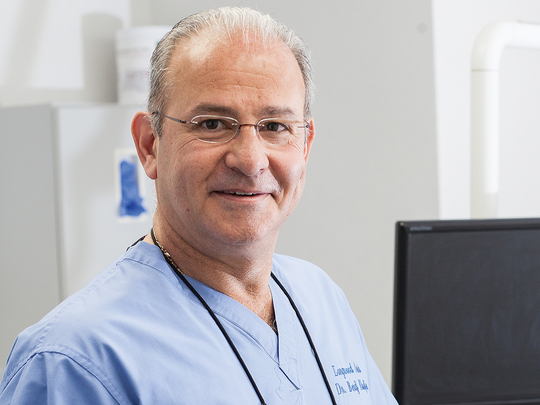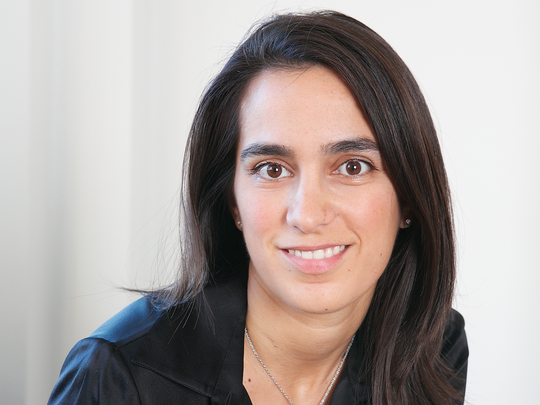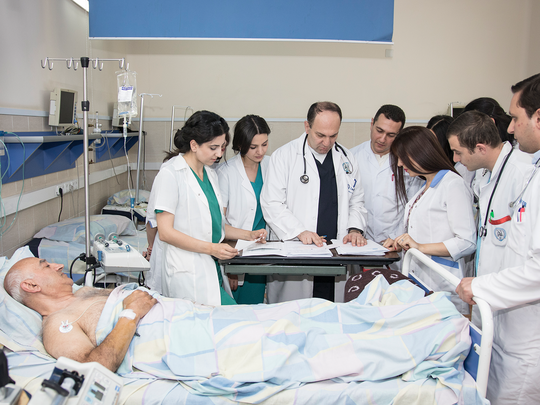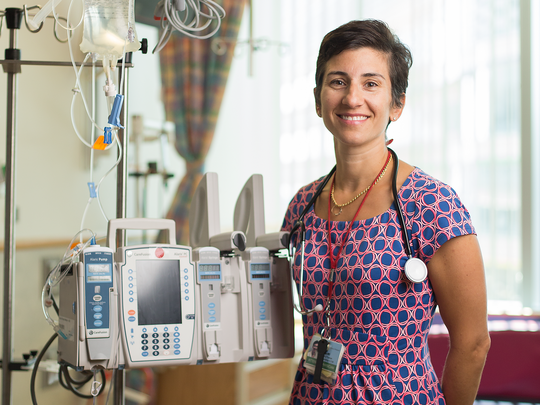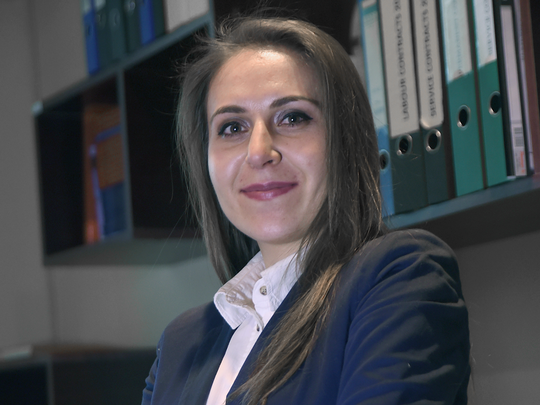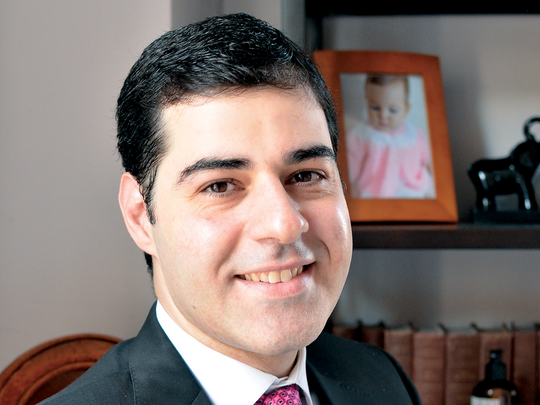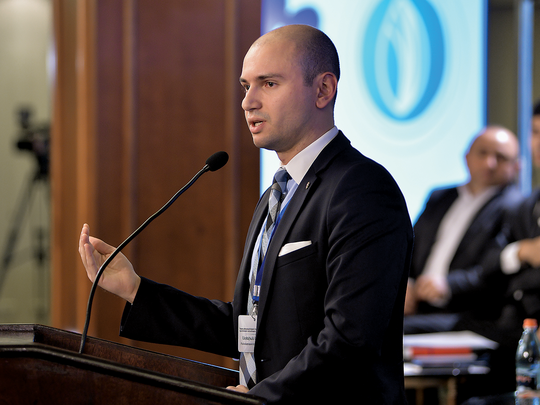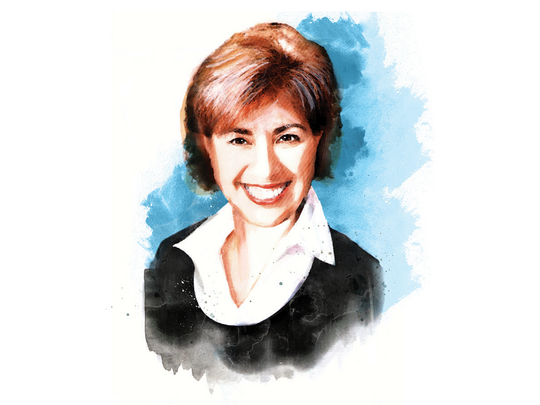Hakem Al-Rustom is a rare anthropologist in the field of Armenian studies. His pioneering research centers around the Armenians who remained in Anatolia after the Armenian Genocide and their migration to France since the 1970s. Growing up in Cairo on the fringes of the Armenian Catholic community, Al-Rustom earned his doctorate in social anthropology from the London School of Economics and Political Science in 2013. In September, Al-Rustom will assume the Alex Manoogian Chair in Modern Armenian History at the University of Michigan and continue to study and teach about ethnographic silences and indigenous politics in Turkey.
Q As an anthropologist, how did you come to study Armenians?
A My interest in Armenians started during my preliminary dissertation research in 2005. I like to say I became Armenian during my research. My father is Syrian and my mother comes from an Armenian Catholic family. During that year, I decided to learn more about the Armenian part of who I am. When I went to Istanbul for the first time, I felt a need to study—not the genocide—but coexistence among communities of different languages and confessions in the late Ottoman Empire, before the rise of ethno-nationalism. My aim was to trace the sociopolitical causes that led to the current state of affairs in which we continue to live: exclusions, inequalities, ethnic cleansings, partitions and genocides.
Q Why did you take an interest in Armenians in post-genocide Turkey?
A I was two hundred meters away from Hrant Dink when he was assassinated in 2007. I had planned to meet him during my visit to Istanbul, but ended up attending his funeral instead. His death opened up a lot of questions for me. I remember going to his memorial in France and hearing speeches in Turkish. Why were these Armenians speaking Turkish? I wondered. It turns out that Armenian communities such as the one I studied in Alfortville, just outside of Paris, is made up of Armenians who had emigrated from Anatolia. They have been filling the schools, churches, choirs and community organizations for the past thirty years in France. At the time, it was a complete shock to me that there were Armenians left in Turkey after the genocide, let alone in Anatolia up until recently. Here I knew I had found my dissertation topic.
Q What new questions has your doctoral research prompted you to ask?
A Now I’m interested in ways in which we can write Armenian history without falling into the common trap of writing ethnic history. I believe that we cannot write about Armenian history in Turkey without discussing the Kurdish question, the Roman-Orthodox question, the Alevi question and Turkish Republican history, more generally. The experiences of these communities—rendered minorities in post-Ottoman Turkey—have parallels and are all intertwined, because ultimately they were all Turkish citizens. For example, in the 1930s, we see an exodus of Armenians from their native villages in Anatolia alongside the dispersal of Kurds from those same regions. This history is not unique to the Armenians, but unfolds in a wider sociopolitical context.
Q What preconceptions about Armenians in post-genocide Turkey would you like to dispel?
A It’s important to acknowledge that the Armenian citizens of Turkey were not passive in their history. They were part of the fabric of Turkish society as political activists, writers, musicians, publishers, lawyers, doctors, etc. In conceiving of writing history that is not mono-ethnic, we need to start thinking of Armenians in Turkey not as mere victims, but as active participants, despite living in a country that once sought their annihilation. This is my approach to writing and teaching Armenian history.
Q Is there a larger preconception about the Armenian diaspora that you would like to dispel?
A We must remember that the majority of Armenians living in the diaspora come from families whose native homeland is Anatolia; they are not a diaspora with ties to the Republic of Armenia. There is an assumption that a country, nationality and language all belong to the same place. It’s not the case with many Armenians. You can be an Armenian from Syria who speaks Armenian at home, Arabic at work, knows French from your studies and Turkish from your grandparents. The complexity is often difficult to grasp in a world dominated by nation-states. The linkage between the Armenian diaspora and Anatolia is essential to keep in our scholarship and in the memory of our people.
Q What are your plans as the Alex Manoogian Chair in Modern Armenian History at the University of Michigan?
A I’m looking forward to integrating these ideas into my writing and teaching. My first course this fall is called “From Natives to Foreigners: Armenians in Turkey and the Diaspora” and it will focus on Armenians in Republican Turkey. We begin with the post-World War I international treaties and continue through Turkish history up until the present, touching on the relationship to diaspora communities and Armenia. In the spring, I’ll be teaching “Christians of the Middle East: the Armenian Experience,” a survey of Armenian history in the larger context of other Christians communities in the region.
Banner photo by Zarouhi Odabashian/AGBU France

